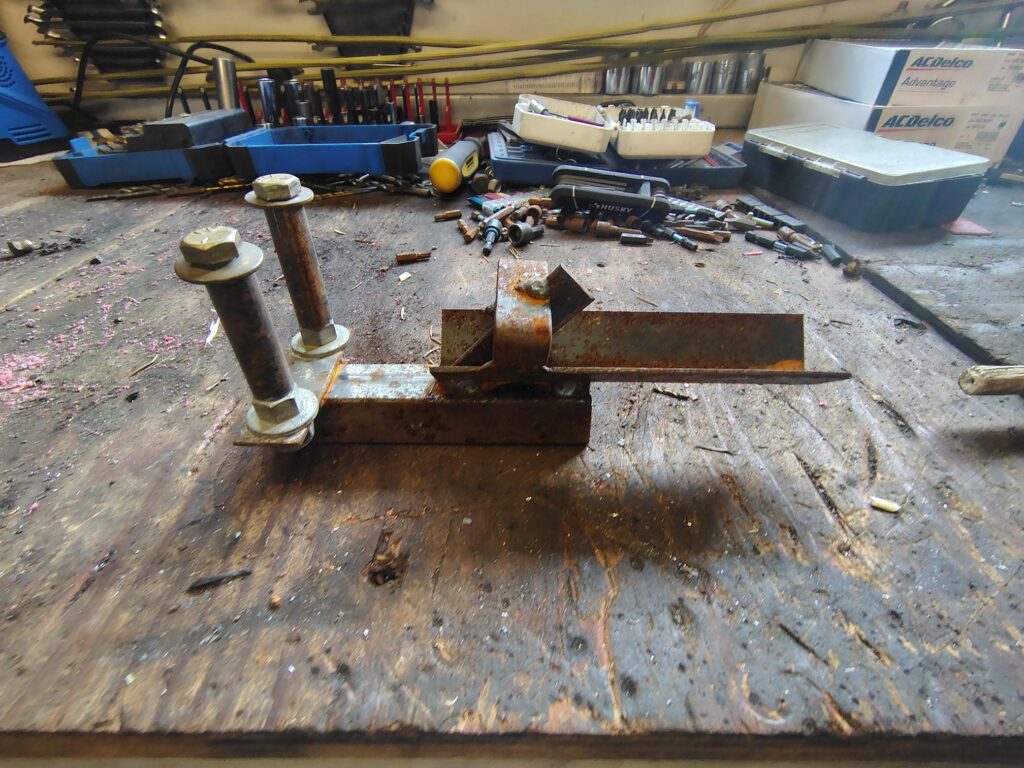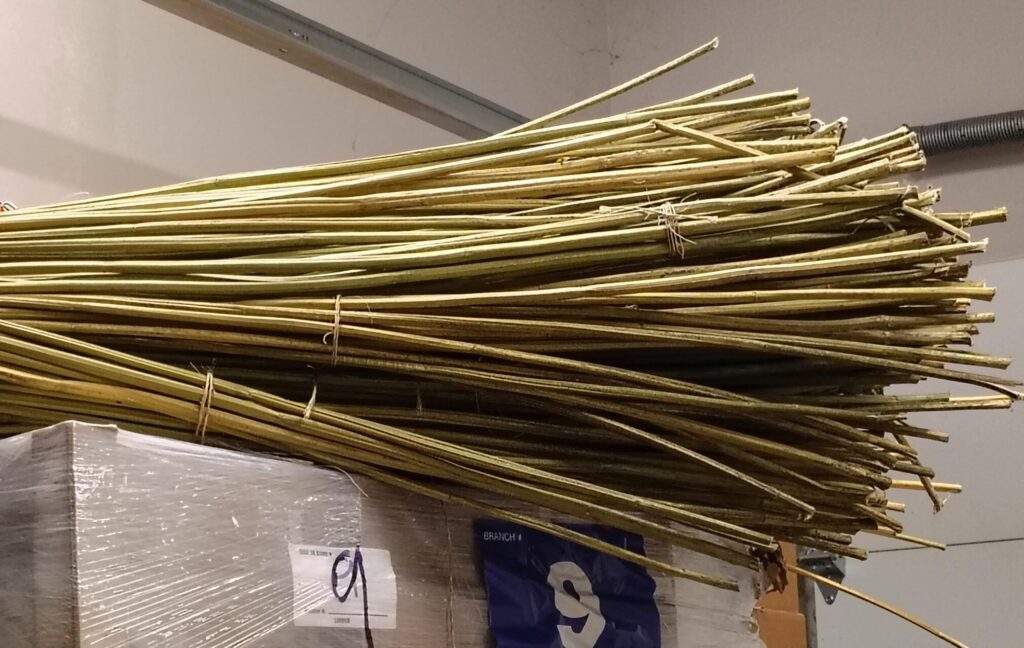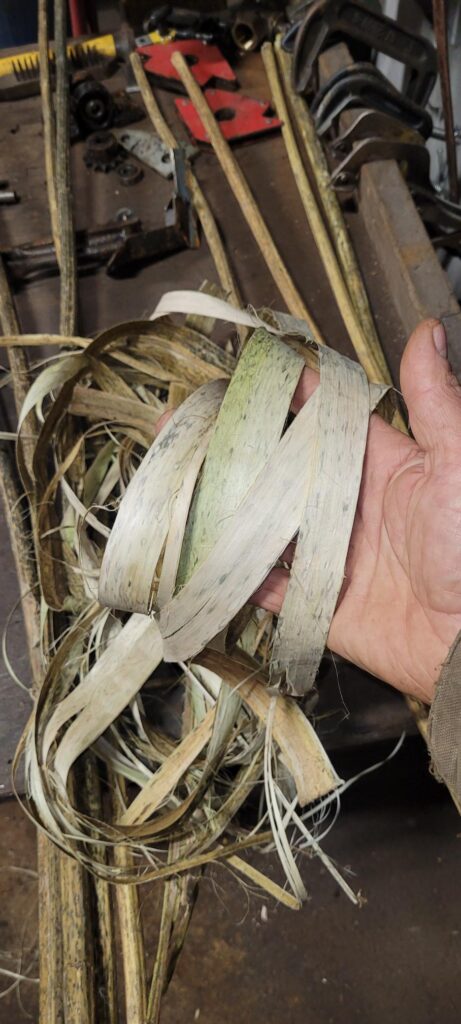Hemp Decorticator Value: 5 Crops, 1 tool
The Day I Discovered My Hemp Decorticator’s Hidden Talents

Last October, I was visiting Frank Mitchell’s farm in eastern Oregon.
Frank had built one of our DIY hemp decorticators the previous spring. As we walked through his barn, I noticed something strange—he was running kenaf stalks through the machine.
“What are you doing?” I asked, confused.
Frank just grinned. “Turns out this thing isn’t just for hemp. I’ve been processing five different fiber crops with it this season. Paid for itself three times over already.”
And that’s when it hit me. We’d been so focused on solving the hemp processing bottleneck that we’d missed something massive—these simple machines were opening doors to entirely new markets for small farmers.
Beyond Hemp: The Numbers That Changed My Mind
As a result, I dug into the research after leaving Frank’s farm. What I found was eye-opening:
- The global natural fiber market is worth $59.3 billion annually as at 2023
- Hemp represents only about 8% of that market
- Average profit margins on specialty fibers like flax and kenaf are 12-18% higher than hemp
- 73% of small-scale fiber processors focus on a single crop, missing massive market opportunities
- Most farmers who build or buy processing equipment lock themselves into a single crop. They’re leaving money on the table.
Five Crops That Thrive With One Hemp Decorticator

Here’s where things get really interesting…
The same basic decorticating mechanism that separates hemp fiber from hurd works beautifully on these crops too:
- Flax – With minor tension adjustments, the same machine produces high-quality linen fiber worth $3-5 per pound (vs. $1-2 for hemp fiber)
- Kenaf – Grows fast (90-120 days), produces more fiber per acre than hemp, and thrives in hot regions where hemp struggles
- Jute – The second most popular plant fiber worldwide after cotton, with established markets and buyers
- Sisal – Drought-resistant with minimal input requirements, perfect for marginal land
- Banana Pseudostem – A waste product from banana farming that produces premium fiber (and gives you a second income stream from existing banana crops)
“I bought my decorticator for hemp,” says Georgia farmer Ella Washington. “Now I’m running three crops through it seasonally. My machine works year-round instead of sitting idle for months.”
Small Space, Big Returns
For small farmers, equipment that does one job is often difficult to justify. But multi-use tools? That’s a game-changer.
Take the Allen family in Wisconsin. Their 12-acre farm simply couldn’t support dedicated equipment for multiple crops. However, with their modified hemp decorticator, they now process:
- Hemp in fall (main cash crop)
- Flax in early summer (premium fiber market)
- Kenaf as a rotation crop (soil improvement plus fiber income)
Their one DIY hemp decorticator handles it all. Such as Mary Allen puts it, “It’s like having three income streams from the footprint of one piece of equipment.”
Beyond Processing: Opening New Markets

Here’s something nobody talks about…
When you can process multiple fiber crops, you ultimately become more attractive to buyers.
Lisa Hernandez in New Mexico discovered this firsthand. “The textile company that buys my hemp fiber mentioned they also needed small batches of flax for specialty products. I planted two acres, processed it on my decorticator with minor adjustments, and now get premium pricing as their ‘specialty supplier’.”
Many specialty fiber buyers prefer working with processors who can provide multiple fibers:
- Fashion brands seeking material diversity
- Specialty paper manufacturers
- Composite material producers
- Niche textile companies
For instance, these buyers often pay 15-30% premiums for reliable, small-batch supply.
Co-op Power: When Farmers Team Up
Some of the biggest success stories come from farmer cooperatives pooling resources.
Notably, the Blue Ridge Fiber Co-op in Virginia started with seven farmers building two decorticators together. Today, their 23 members process hemp, flax, and kenaf year-round on shared equipment. They sell collectively to larger markets that individual farmers couldn’t access alone.
“The co-op model is perfect for this,” says founder James Wilson. “Different members grow different crops, and our processing schedule runs continuously instead of being seasonal. The machines never sit idle.”
Small Tweaks, Big Differences
Now I need to be straight with you…
Not all fiber crops process identically. But the basic hemp decorticator design needs surprisingly few modifications to handle multiple crops:
- Adjustable roller tension for different stalk thicknesses
- Variable feed rates for tougher fibers
- Simple replacement combs for finer materials
Our members have developed easy modification guides for each crop type. Most changes take less than an hour to implement.
“I was shocked how little I needed to change,” says Michigan farmer Deon Jackson. “Some minor tension adjustments and I went from hemp to kenaf processing in about 45 minutes.”
What Farmers Are Saying
The feedback from multi-crop processors has been incredible:
“My hemp decorticator sat unused 8 months of the year. Now it generates income in three different seasons.” – Carlos Mendez, Texas
“I added flax as an experiment. Now it’s 40% of my fiber income, all processed on the same machine.” – Sarah Johnson, Minnesota
“The ability to process multiple fibers got me a contract with a specialty paper company. They needed a supplier who could provide both hemp and kenaf fiber in small batches.” – William Turner, Oregon
Your Hemp Decorticator, Your Future
Finally, the beauty of this approach is flexibility. As markets change, you can adapt without buying a new hemp decorticator.
Hemp prices down? Switch to flax. Drought year? Try sisal. New opportunity with a specialty buyer? You’re ready to supply them.
It isn’t just about saving money on equipment—it’s about creating options for your farm’s future.
One machine. Five crops. Endless possibilities.
What fiber crop combination would work best on your farm?

Very good https://shorturl.at/2breu
Awesome https://shorturl.at/2breu
Very good https://shorturl.at/2breu
Awesome https://lc.cx/xjXBQT
Very good https://lc.cx/xjXBQT
Awesome https://lc.cx/xjXBQT
Thank you Audrey!
Awesome https://lc.cx/xjXBQT
Awesome https://lc.cx/xjXBQT
Thank you fellow revolutionary!
Greetings from Uganda.
I am Twesige Selegio, Director of Wilma Fox Child Development Centre Uganda, a non-profit organization dedicated to supporting orphans and vulnerable children in Uganda. We provide essential services including education, healthcare, and emotional support.
We are excited to explore potential partnership opportunities with your organization. A collaboration could enhance our impact and better serve the children we care for. We are interested in exploring partnerships in the following areas:
1. Nutrition Programs: Providing nutritious meals and promoting healthy habits.
2. Education and Development: Supporting early childhood development, education, and vocational training.
3. Community Outreach: Empowering communities to promote health, education, and well-being.
By partnering together, we can leverage our strengths and experience to create lasting change. I would be honored to discuss this opportunity further and explore how we can work together.
https://www.globalgiving.org/donate/104179/wilma-fox-child-development-centre/ you can see more of our projects.
Please feel free to contact me to schedule a call or meeting. I can be reached via WhatsApp at +256785521916.
Best Regards,
Twesige Selegio
Director, Wilma Fox Child Development Centre Uganda
Hello Twesige, thank you for taking the time to find us. Please contact us via whatsapp to learn how we can Hempower your community. 1 778 554 7697